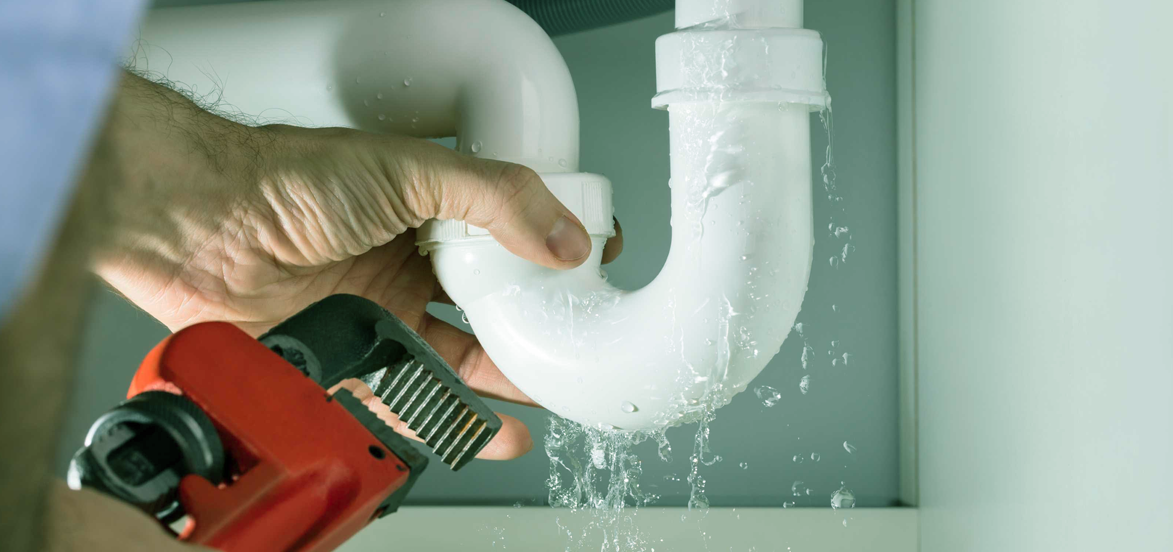Just how to Inspect If Your Residence Has a Concealed Leakage
Just how to Inspect If Your Residence Has a Concealed Leakage
Blog Article
Just how do you feel in regards to Locating water leaks?

Early detection of dripping water lines can reduce a prospective disaster. Some small water leakages might not be visible.
1. Check Out the Water Meter
Inspecting it is a proven means that helps you uncover leaks. If it relocates, that shows a fast-moving leakage. This indicates you might have a slow leak that might even be below ground.
2. Inspect Water Consumption
Assess your water expenses and also track your water usage. As the one paying it, you must observe if there are any type of inconsistencies. If you identify sudden changes, regardless of your intake coinciding, it implies that you have leaks in your plumbing system. Keep in mind, your water costs need to drop under the very same array every month. An abrupt spike in your expense shows a fast-moving leak.
On the other hand, a steady boost each month, despite the same habits, shows you have a sluggish leak that's likewise slowly intensifying. Call a plumber to extensively check your home, especially if you really feel a cozy area on your flooring with piping below.
3. Do a Food Coloring Examination
30% comes from commodes when it comes to water consumption. Examination to see if they are running effectively. Decline flecks of food shade in the tank and wait 10 minutes. If the shade in some way infiltrates your bowl during that time without flushing, there's a leak in between the storage tank and also dish.
4. Asses Exterior Lines
Don't forget to inspect your exterior water lines also. Ought to water leak out of the connection, you have a loose rubber gasket. One little leak can squander bunches of water and also spike your water costs.
5. Inspect and Assess the Circumstance
Property owners need to make it a habit to examine under the sink counters as well as even inside cupboards for any type of bad odor or mold development. These 2 warnings indicate a leakage so punctual focus is needed. Doing routine assessments, even bi-annually, can save you from a major trouble.
Inspect for stainings and weakening as many pipelines and also appliances have a life span. If you suspect dripping water lines in your plumbing system, do not wait for it to intensify.
Early discovery of dripping water lines can minimize a possible catastrophe. Some little water leakages might not be noticeable. Examining it is a surefire method that assists you find leakages. One tiny leak can squander bunches of water as well as surge your water expense.
If you presume leaking water lines in your plumbing system, do not wait for it to escalate.
How to Know If Your Home Has a Hidden Leak
Water Meter Reveals Inexplicable Water Usage
If you’d like to test whether or not there’s a leak somewhere in your home, you can do this using your water meter. Here is how to conduct the test:
Don’t use any water in your home for at least 30 minutes; this also means not turning on faucets or water-using appliances.
Go outside, and check your water meter for activity.
If your water meter shows that there was activity, even though no one was using any water, this proves that there is a leak in your home.Visible Mold or Mildew Growth
Leaks behind walls create moist, dark environments that allow mold and mildew to grow and thrive. Eventually, you might see mold growth forming on the wall closest to a hidden leak.
If mold is growing in an area that receives a high amount of moisture, such as a bathroom, it may simply be an indication that better ventilation is needed. However, if you see mold growth on a wall or the ceiling in an area where you would not expect, you probably have a hidden leak.
Musty, Mildew Odor
Sometimes you might not be able to see the mold or mildew that is growing as a result of a leak. However, the smell can give the problem away just as easily. If you catch a whiff of something musty, there’s a good chance that old water is collecting somewhere in your home that you can’t see.
Stained/Warped Walls, Ceilings, or Floors
When your home soaks up water, a variety of red flags can become visible, including ceiling stains, bubbling drywall, warped walls, and sagging floors. While these issues can be caused by excess humidity, they can also be signs that a pipe or plumbing connection has started leaking behind your walls.
Inexplicably High Water Bill
After a while, you get a general sense for what your water bill should be. If you own a pool or sprinkler system, your bill will tend to be higher during summer. However, if you receive a water bill that seems especially high, and you can’t figure out what caused it, then you may have a hidden leak somewhere that’s increasing your bill.
https://www.plumbingjoint.com/blog/2019/july/how-to-know-if-your-home-has-a-hidden-leak/

As an avid person who reads about Hacks to detect leaks, I thought sharing that piece of content was a smart idea. Sharing is caring. Helping others is fun. Thanks a lot for going through it.
Report this page